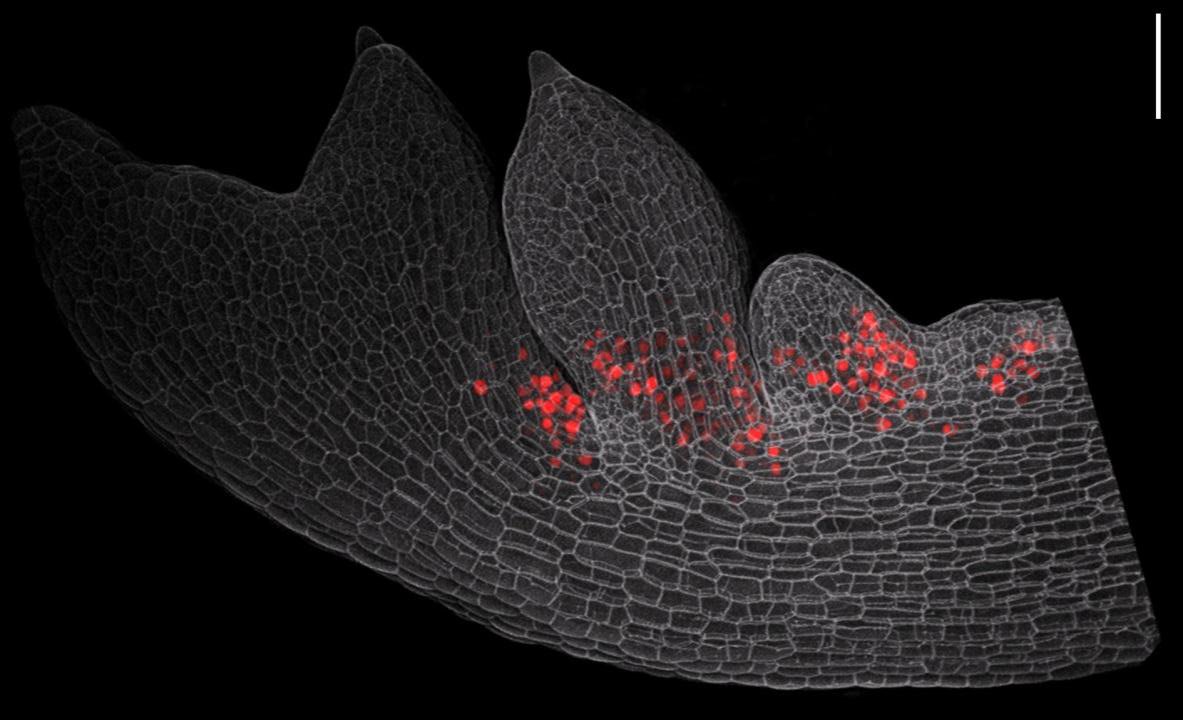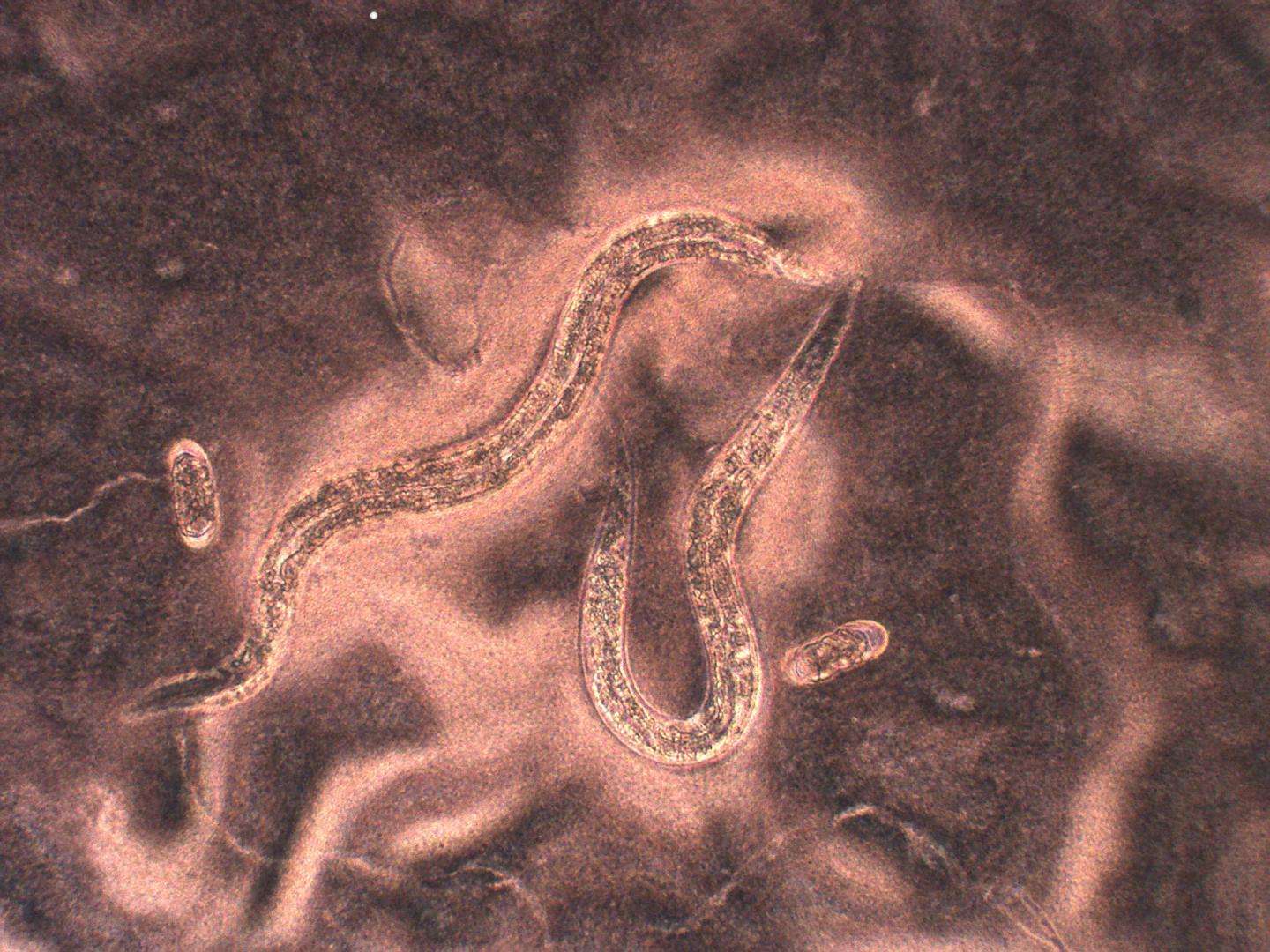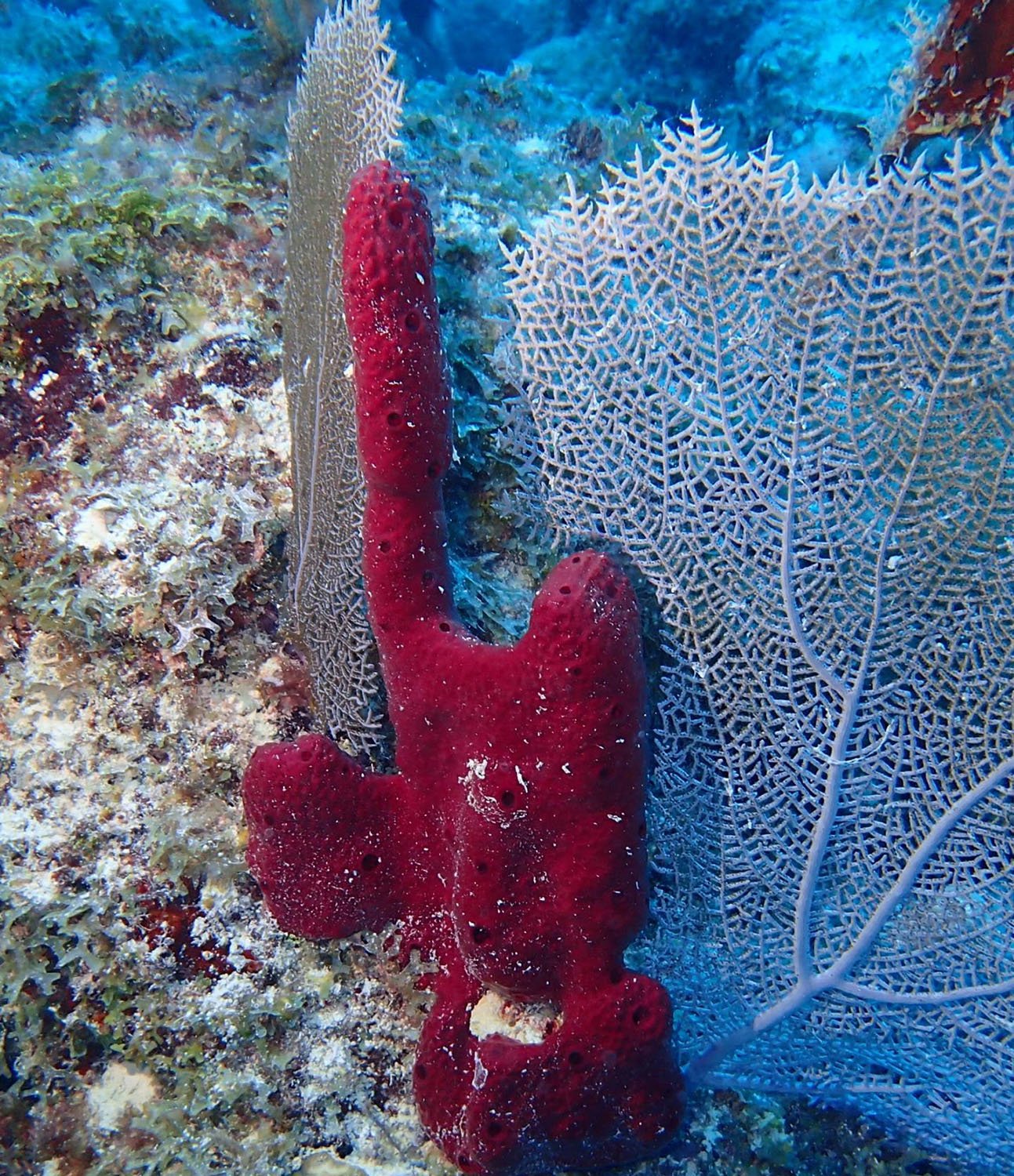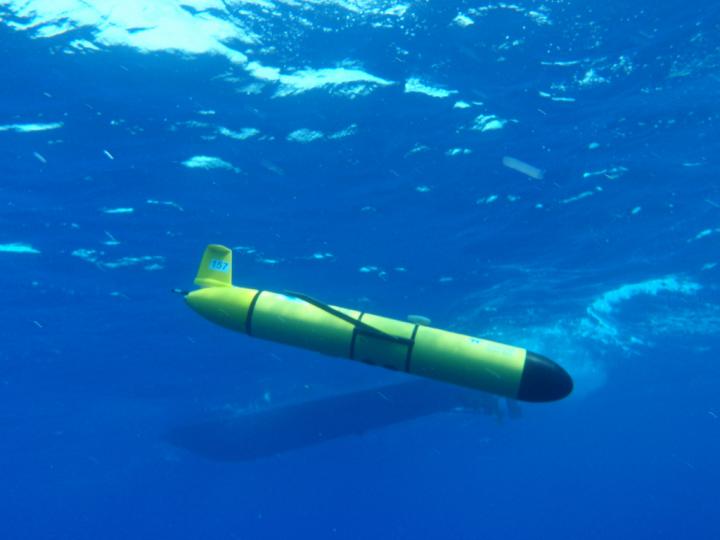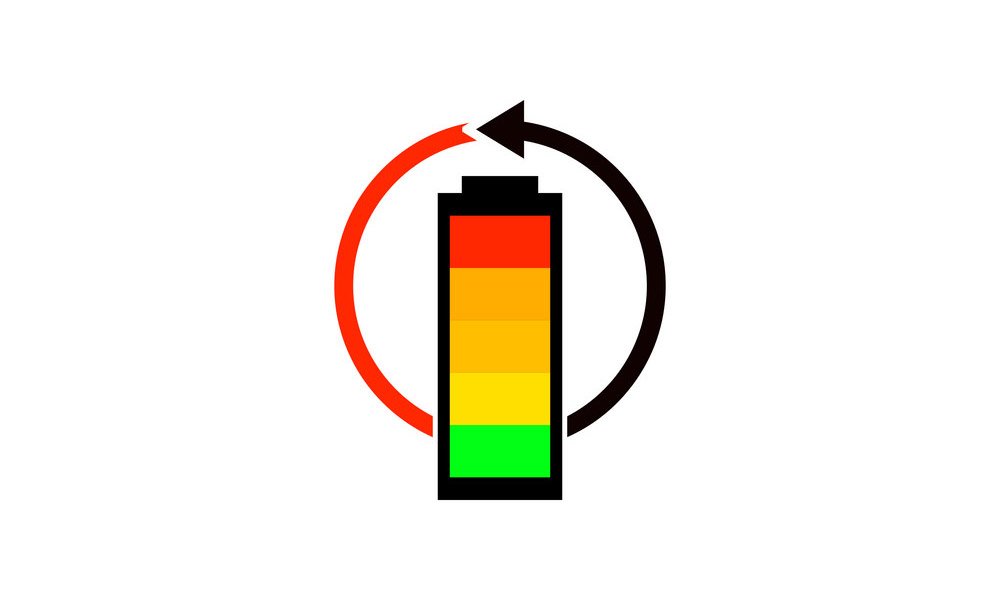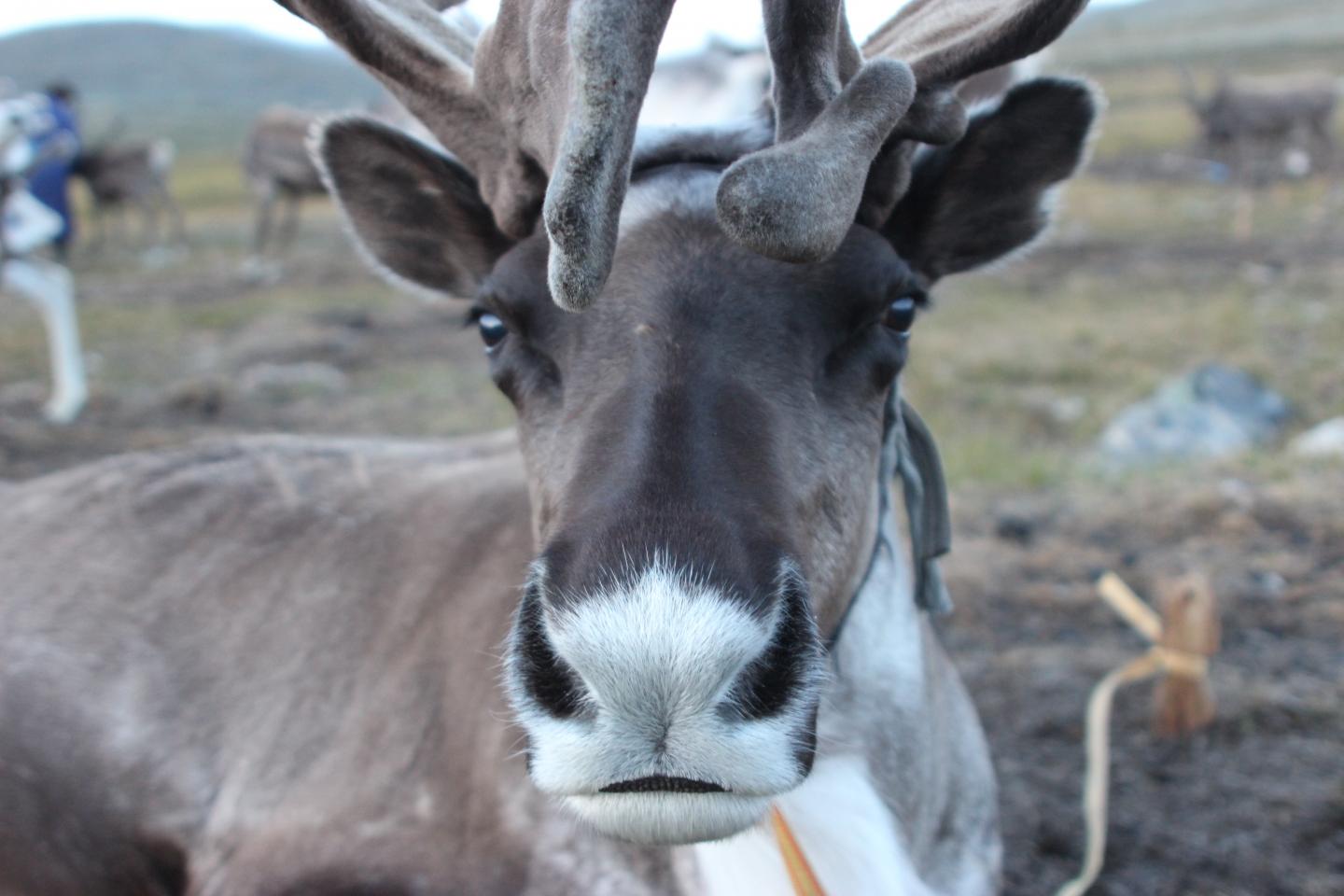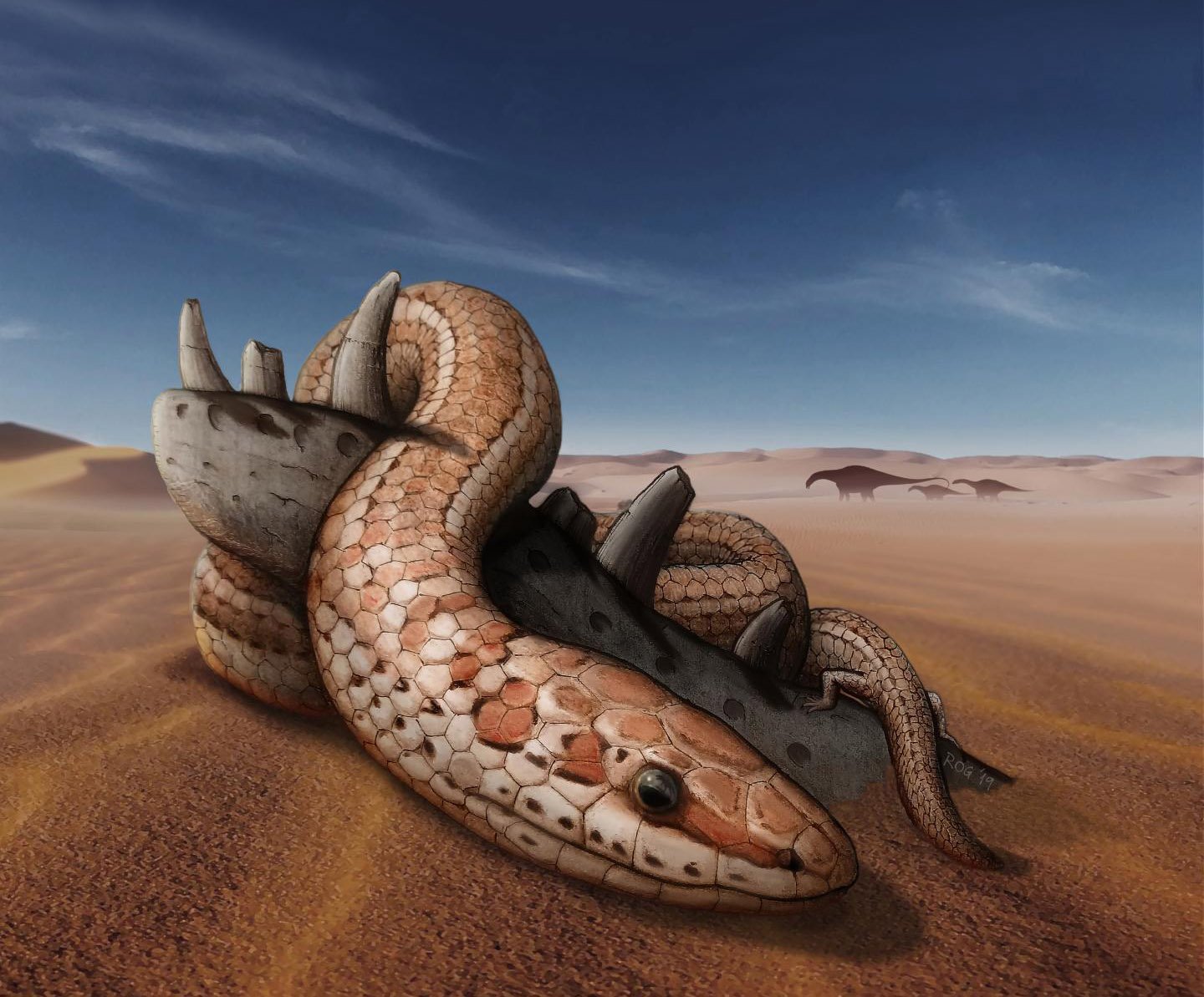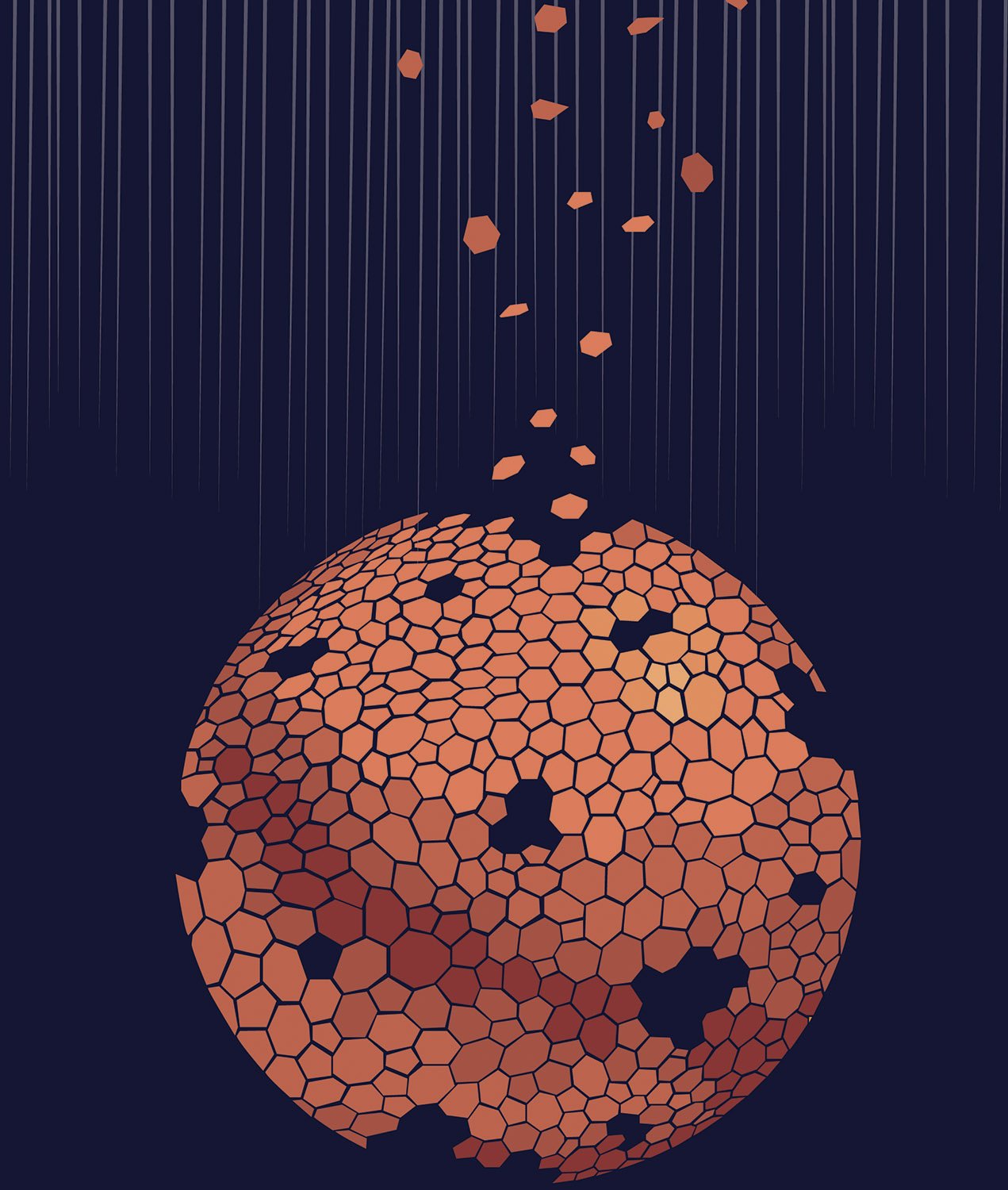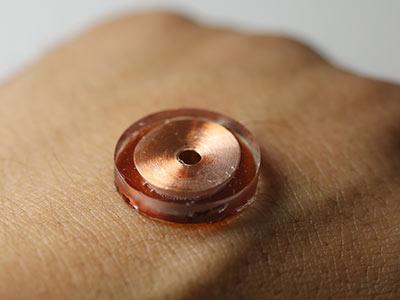Self-restrained genes enable evolutionary novelty
Changes in the genes that control development can potentially make large contributions to evolution by generating new morphologies in plants and animals. However, because developmental genes frequently influence many different processes, changes to their expression carry a risk of “collateral damage”. Scientists at the Max Planck Institute for Plant Breeding Research in Cologne, and collaborators, … Read more
